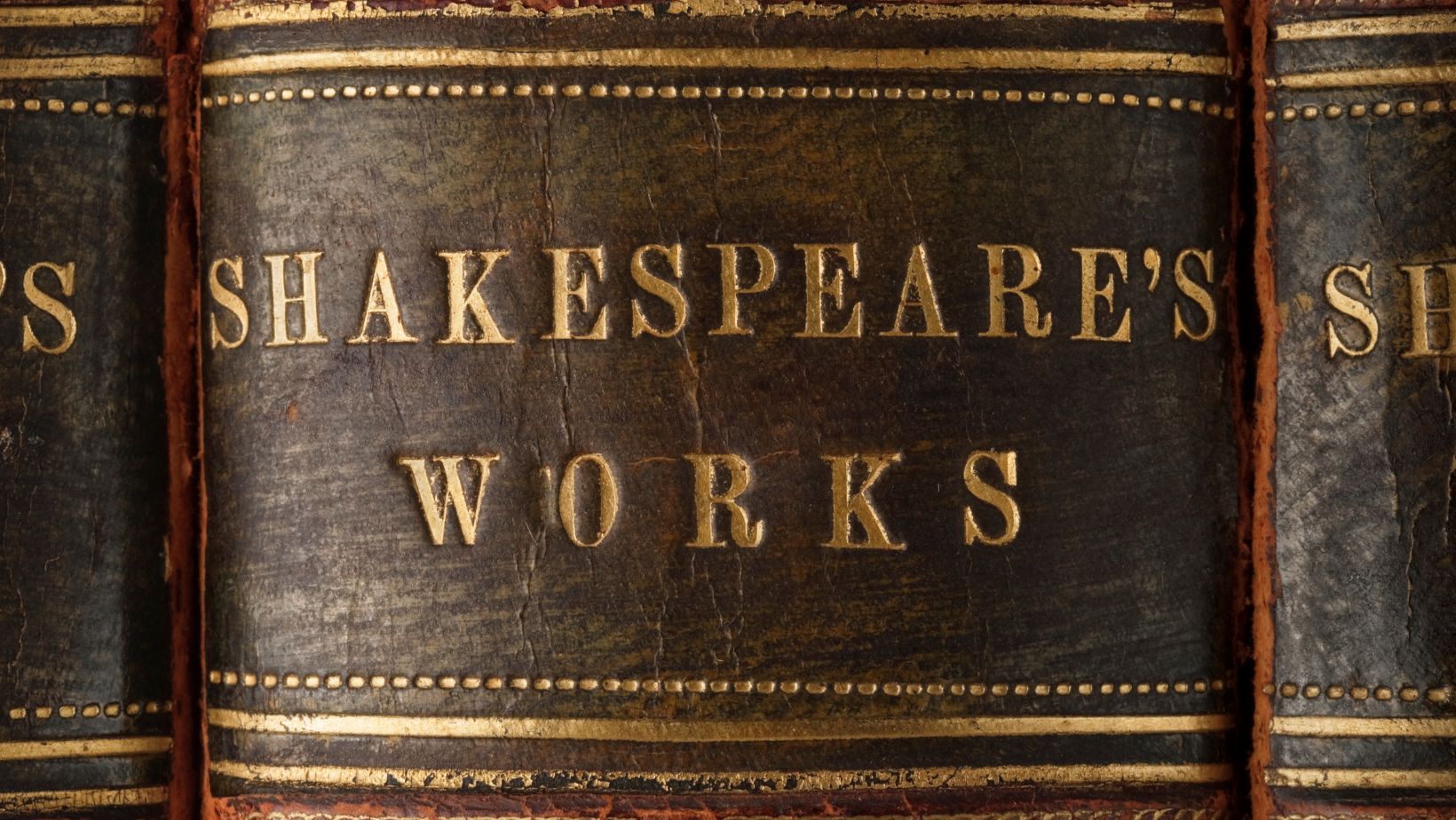How Does Shakespeare Use the Motif of Morning?
Shakespeare’s works are renowned for their depth and symbolism, and one recurring theme that’s particularly captivating is his use of the morning motif. It’s a powerful symbol that appears in many of his plays, and it’s not just there for decoration.
In this article, I’ll delve into how Shakespeare uses the motif of morning to convey various emotions, set the tone and foreshadow events. From the hopeful dawn in “Romeo and Juliet” to the ominous sunrise in “Macbeth”, we’ll explore how the Bard masterfully uses this symbol to enhance his storytelling.
Understanding the Motif of Morning in Shakespeare’s Works
Steeped in metaphor and allegory, Shakeapeare’s use of morning offers more than meets the eye. It’s not merely a time of day, but a powerful tool he uses to layer his narratives with rich and complex meanings. Through these recurring morning motifs, Shakespeare enhances the emotional depth and poetic beauty of his works. Many plays in his portfolio subtly utilize dawn as a symbol of renewal and rebirth, or light as a beacon of hope and optimism.
Morning as a Symbol of Renewal and Rebirth
If there’s one thing to know about Shakeapeare, it’s that his symbols rarely have just a single connotation. The morning motif’s an encapsulation of this versatility. On one hand, it represents change and the cyclical nature of life. It echoes the concept that, much like the sun, we too rise after a night of obscurity. This theme is vividly apparent in Romeo and Juliet. In this famous tragedy, the “new day” metaphorically signifies Romeo and Juliet’s fresh, young love. At the same time, it ominously indicates the inevitable cycle of life and death.
Morning as a Symbol of Hope and Optimism
On the other hand, the morning also suggests hope and optimism in Shakespeare’s plays. The sunrise, with its gentle light, often illustrates the possibility of a brighter future. In Macbeth, with the sun emerging from behind the gloom, it signifies the end of Macbeth’s tyrannical reign and the dawn of a hopeful, new era. Such instances bring to light the marvelous way in which Shakespeare has incorporated recurring morning symbolism to amplify the emotional resonance and interpretative depth of his works.
As we traverse further into the realm of Shakespearean literature, let’s pay attention to these motifs and their subtle nuances. Not only will this enhance our understanding of the narratives but it’ll also create a gateway to appreciate the genius that Shakespeare truly was.

Morning in Shakespeare’s Tragedies
Delving into the tragedies penned by Shakespeare, we discover kinds of distinct layers of representation, where the motif of morning takes up vital roles. Let’s look into a few of his most renowned tragedies: Romeo and Juliet, and Macbeth.
Morning as a Foreshadowing Device in Macbeth
When we consider Macbeth, the vivid portrayal of morning has often been linked to calamity and death. A fascinating pattern can be observed, with dawn or morning making an appearance right before a tragic event unfolds. For instance, in Act 2, Scene 3, the drunken porter utters: “Faith sir, we were carousing till the second cock, and drink, sir, is a great provoker of three things.” The reference to the “second cock” here historically symbolizes the arrival of morning: a timeframe connected throughout the play with guilt, regret, and misfortune. This creates a stark contrast with the usual optimism associated with a new day, conveying instead the ominous doom lurking nearby.
Morning as a Catalyst for Action in Romeo and Juliet
Shifting our focus to Romeo and Juliet, the morning motif serves an entirely different function. Structured around the tension between night-favoring lovers and the harsh reality of daylight, the theme of morning is often a catalyst in driving the narrative forward. Morning’s arrival leaves lovers with short-lived stolen moments, forcing them to take desperate actions that would underscore the play’s tragedy.
One of the most poignant cases is Act 3, Scene 5, Juliet implores, “Wilt thou be gone? It is not yet near day. It was the nightingale, not the lark, that pierced the fearful hollow of thine ear.” The urgency in her words, the desperate bid against morning’s arrival, makes this scene unforgettable. It’s interesting to see how Shakespeare exploits the motif, imbuing it with attributes that entirely define the character’s fate.
In both cases, we see how Shakespeare redefines the morning motif to serve his unique storytelling needs, presenting it as a potent symbolic element enhancing the interpretative richness of his works. As we study more about this particular motif in Shakespeare’s tragedies, it’s clear that this motif can bring forward a wealth of insights about his narrative craft.

